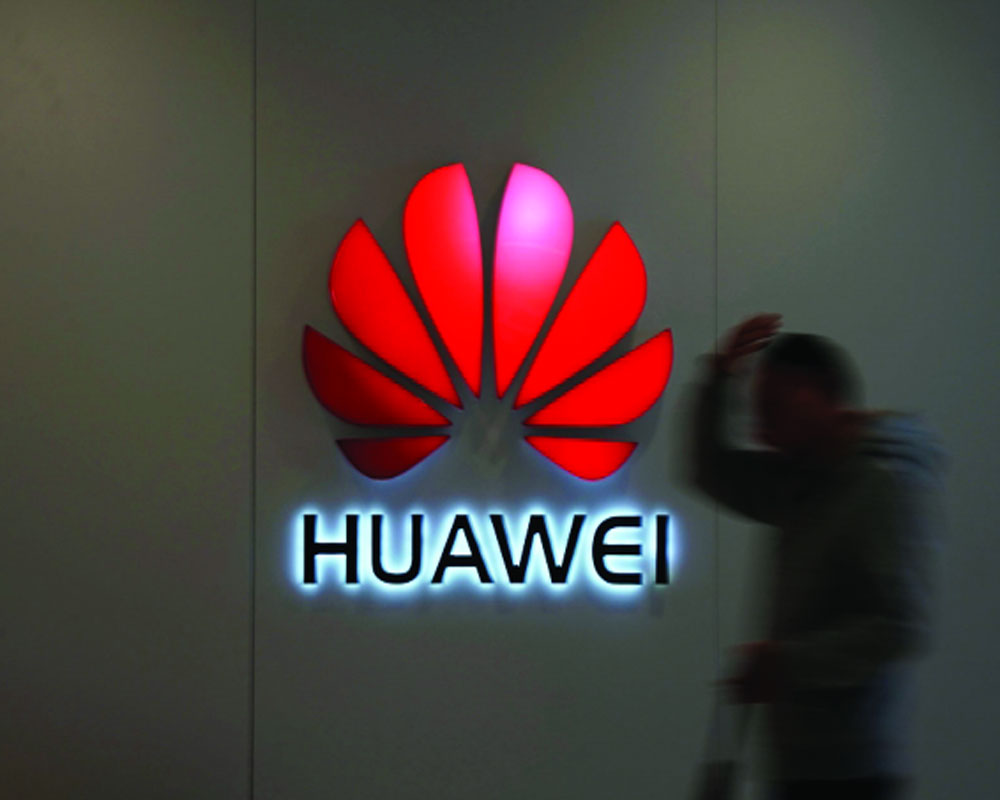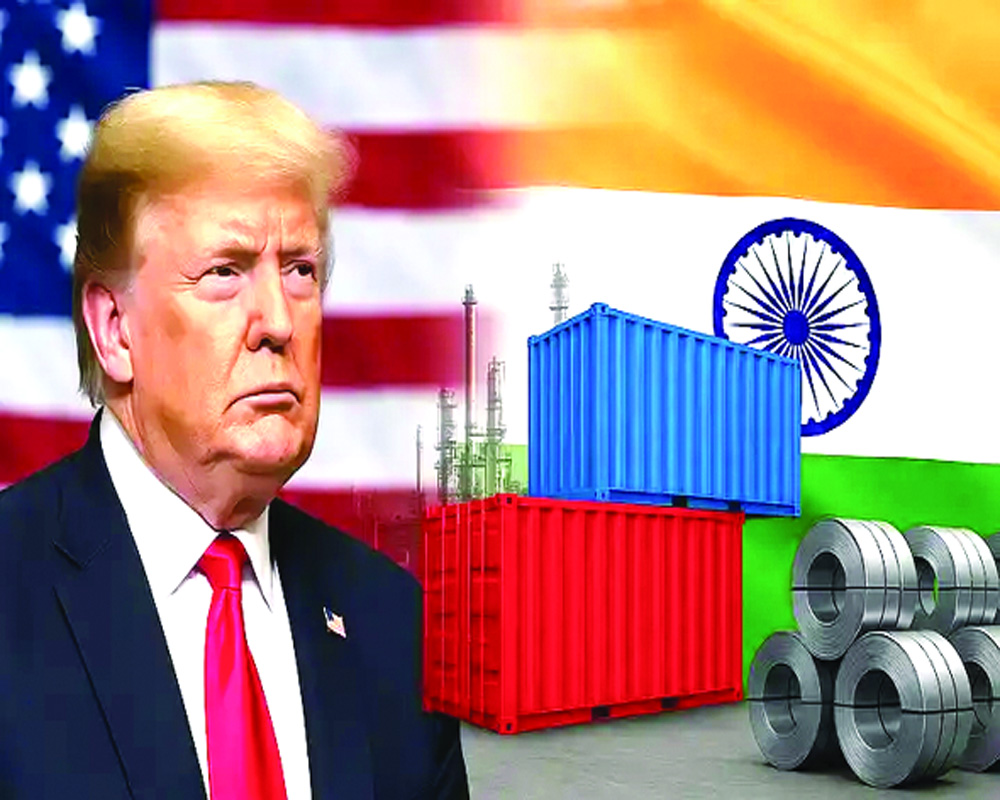There are alternative vendors but costs would go up. We must encourage equipment manufacture with innovation and now
Yes, the economic realities of China dominating much of our product supply chains, from electronics to drugs, weigh heavy on us. Yes, we are deeply aware of sudden disruptions, litigation and fair trade violations if we take a dramatic step of boycotting China overnight. And while building self-sufficiencies is a long-term and sustained effort, there is no reason why we cannot begin taking atma nirbharata seriously while we can. For the latest Chinese ambush at Ladakh has cost us 20 soldiers and over-tested our patience and strategic responsibility in the region. China continues to eat into our territory as it always has. It won’t settle as long as it doesn’t get what it wants and this presumed supremacy has finally got the Government thinking about reducing our dependencies on it. For the summit diplomacy, which has yielded nothing on the ground except encouraging more hostilities, has been a colossal waste of time that smartly sidestepped contentious border issues and helped China deepen its market access as part of trade deals. So Union Minister for Road Transport and MSMEs Nitin Gadkari has said that no Chinese company will be allowed to participate in any highway or MSME project either directly or indirectly, the latter implying outsourcing consultancies by the bidder company. He even suggested alternative technologies that would help us compete on cost effectiveness and gave the example of PPEs, something which we thought would have to come in bulk from Chinese factories and something which we are exporting now. The shrinkage of trade volume to India won’t impact China much, which can only be upset about being denied entry to a future vibrant market, and it is not that current commitments are not being honoured. It is just that manufacturing our own is a sovereign decision and COVID-19 and the Galwan attack have just been accelerators. Similarly, the Department of Telecommunications cancelled the much anticipated 4G upgradation tender of Bharat Sanchar Nigam Limited (BSNL) to avoid participation by Chinese companies like Huawei and ZTE. Local operators such as Airtel, Vodafone and Jio have been asked to reduce dependence on Chinese companies. Meanwhile, the Indian Railways has already cancelled a Rs 471 crore contract with the Beijing National Railway for a project on the Eastern Dedicated Freight Corridor. Of course, the US, too, has been red flagging concerns about Huawei and ZTE being a “national security risk” because of their data mining and surveillance operations while working their telecom grids. It is even exerting pressure on its allies, India now getting top billing, to comply by banning them.
But that’s not the reason why India is going for a drastic decision on telecom. It is choosing sectors where either an alternative supply chain exists or where it is possible to magnify home-grown capacities. Compared to the mobile handset industry, where replacing Chinese supply chain and products is almost impossible, in the telecom equipment market that is very much possible. There are European nations, too, in the business though supplies from here would come at a cost. The size of the telecom equipment market in India is around Rs 12,000 crore and the share of Chinese products is currently around 25 per cent, simply because their prices are attractive to operators. That’s why the 4G network of big players like Airtel and Vodafone have been built by Huawei and ZTE. Huawei alone has aggressively made inroads into nearly 25 per cent of the total telecom equipment market in India. While Bharti Airtel uses up to 30 per cent Chinese telecom equipment, including Huawei, for its networks, Vodafone Idea uses as much as 40 per cent. Reliance Jio is the only operator functioning without a Chinese vendor as its network is fuelled by South Korea’s Samsung. But replacement, be it from South Korea, Taiwan or any other Southeast Asian nation, can only work in the short-term if self sufficiency is our ultimate goal. Remember that despite the “Make in India” launch in 2015, there has been no impetus for localised equipment production. The ban comes at a time when India is seeking to raise $84 billion from a sale of airwaves, particularly for new technology, which would revolutionise connectivity. So we need to immediately ramp up existing electronic manufacturing facilities and divert them towards 5G equipment manufacturing if we are to exclude Chinese firms from 5G trials. Indian innovation has always risen to the top during crisis and we could leverage our home-grown talent to re-engineer receivers and emitters in discarded mobile devices to make 5G equipment in a cost-effective manner. We should be as enthusiastic about announcing innovations and encouraging R&D than just announcing a ban that spooks markets.








 OpinionExpress.In
OpinionExpress.In















Comments (0)